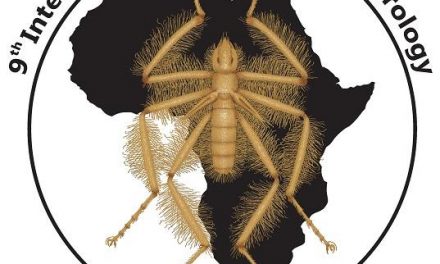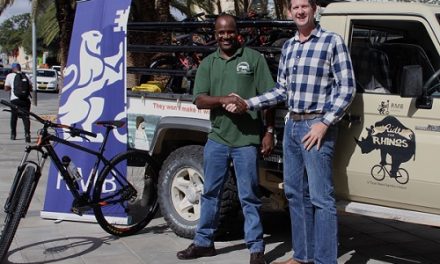
Communities given incentives to improve conservancies

Pictured at the launch of the magazine is Philip Schuler, the World Bank’s resident representative for Namibia and Paola Agostini of the World Bank’s TerrAfrica team. (Photograph by Hilmah Hashange)
The programme, which ran from 2005 to 2010, was supported by the US Agency for International Development LIFE programme, the World Bank as well as the Global Environment Facility (GEF). The programme supported community-based integrated ecosystem management practices in 16 conservancies, covering a total area of 38,595 square kilometre of land.
Through the programme, communities were given incentives to manage and use resources in sustainable and productive ways to reduce deforestation, land degradation and biodiversity loss. The financial support has enablied the strategic relocation of wildlife in conservancies with low game densities. Through this restocking, it has helped to diversify income generation opportunities to increase non-financial benefits and create new sources of income to households.
According to statistics provided by the Namibia Association of Community-Based Natural Resources Management Support Organisations (NACSO), between 2005 and 2009, the total revenues for all conservancies, including cash and proceeds from other sources such as meat sold and consumed, increased from US$1.4 million to US$3.5 million.
Namibia’s successful contribution to restoring the health of degraded land was selected as one of 40 studies that featured in the Land for Life Magazine titled “Managing land sustainability for better livelihoods”. The magazine was launched during the United Nations Convention to Combat Desertification’s eleventh Conference of Parties (UNCCD COP11) held in Windhoek last week and this week.
The magazine is an intiative of the World Bank’s TerrAfrica team, a global partnership programme to scale up sustainable land and water management accross sectors in over 23 Sub-Saharan countries.











































